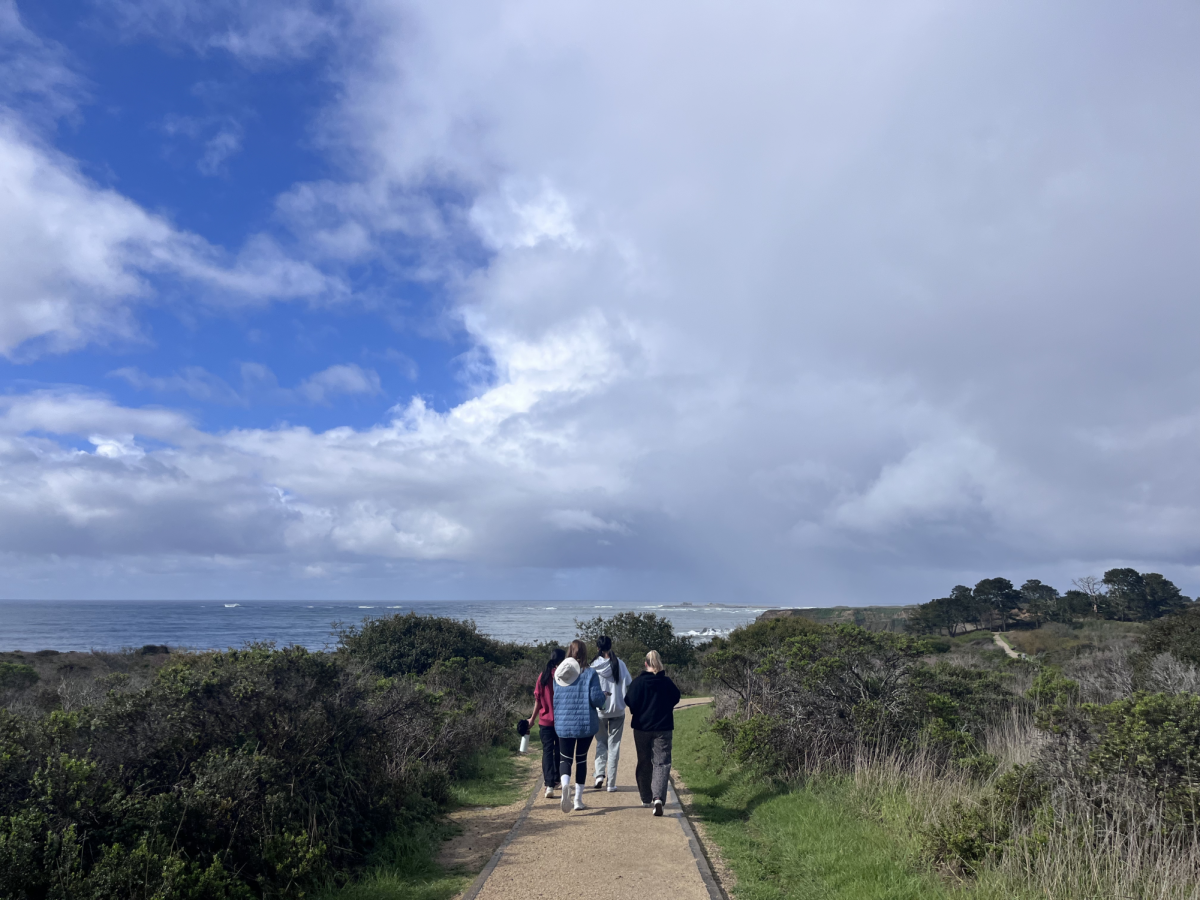Following in the footsteps of many local high school newspapers with print publications like Harker’s Aquila and Monta Vista’s El Estoque, The Falcon will also be leaving behind their traditional tabloid-size paper print issues next year in favor of producing all-color magazines and having a greater online focus.
The Falcon has churned out newspaper issues — most of them in 11 by 17-inch size — since Saratoga High was founded in 1959. According to journalism adviser Michael Tyler, The Falcon used to publish as often as 19 issues per year in the ‘90s, but the number has now been reduced to nine in recent years as funding for the issues has shrunk.
This transition to a digital focus has been inevitable not only for Saratoga High’s newspaper, but also the news industry, as readers turn to online or social media sources for their news instead. Major publications now rely primarily on their digital outlets: The New York Times’ digital revenue exceeds its print issue profits by more than $10 million.
Starting in 2008, The Falcon has similarly worked to boost its digital presence through its website and a weekly Sunday’s Best newsletter that began in 2020.
However, Tyler attributed the changes to a combination of factors: a lack of the paper’s funding source, decreasing student engagement with print issues and his own reduced work schedule next year when he will teach three classes instead of five.
“I love traditional newspapers, but just because I love them doesn’t mean it makes sense to keep paying all this money for a product that doesn’t have nearly as much engagement as we’ve had in the past,” Tyler said.
The costs to print nine newspapers and a senior magazine are about $20,000 per year, with each of the nine newspaper print issues costing $1,400 and the senior magazine costing $4,500. The switch to printing four magazines and a senior magazine will save several thousand dollars.
The main traditional funding source, senior yearbook ads, has ended as a result of several years of stretched yearbook budgets. Previously, the yearbook senior ads generated $20,000 annually and paid for the newspaper’s printing costs.
Now, the money is going to pay for the cost of yearbooks. Coupled with a deficit that accumulated during the pandemic as yearbook sales declined, the journalism program has struggled to stay in the black.
As he is nearing his retirement in the next few years, Tyler is trying to make the job of newspaper adviser one that another teacher would be able to handle.
“The number of late nights I’ve done traditionally throughout my career is not something that is going to attract a lot of other teachers to the job,” Tyler said.
Tyler hopes to model The Falcon after Monta Vista Highnewspaper, El Estoque, which has a magazine format with much more emphasis on website and multimedia. With a full-color issue, editors hope student engagement will increase, and more of them will walk away with issues in their hands.
Instead of using GoDaddy as the website hoster, The Falcon will begin using SNO sites — a shift that is spearheaded by senior Lynn Dai, who is one of the 2023-24 editor-in-chief’s of The Falcon. Its website is tailored to high school publications, and it can feature interactive content such as slideshows. SNO also offers daily contests where each school submits one story for judging. SNO then posts the best stories from different school newspapers on their website called the Best of SNO.
“We are essentially transitioning from a newspaper to a news organization,” Tyler said. “It’s a change in format that’s long overdue.”




























